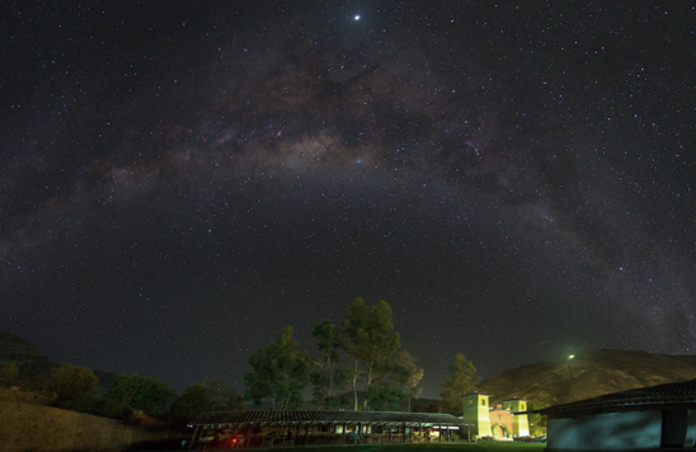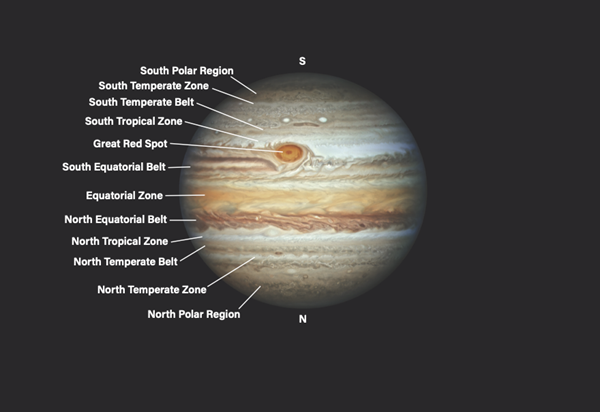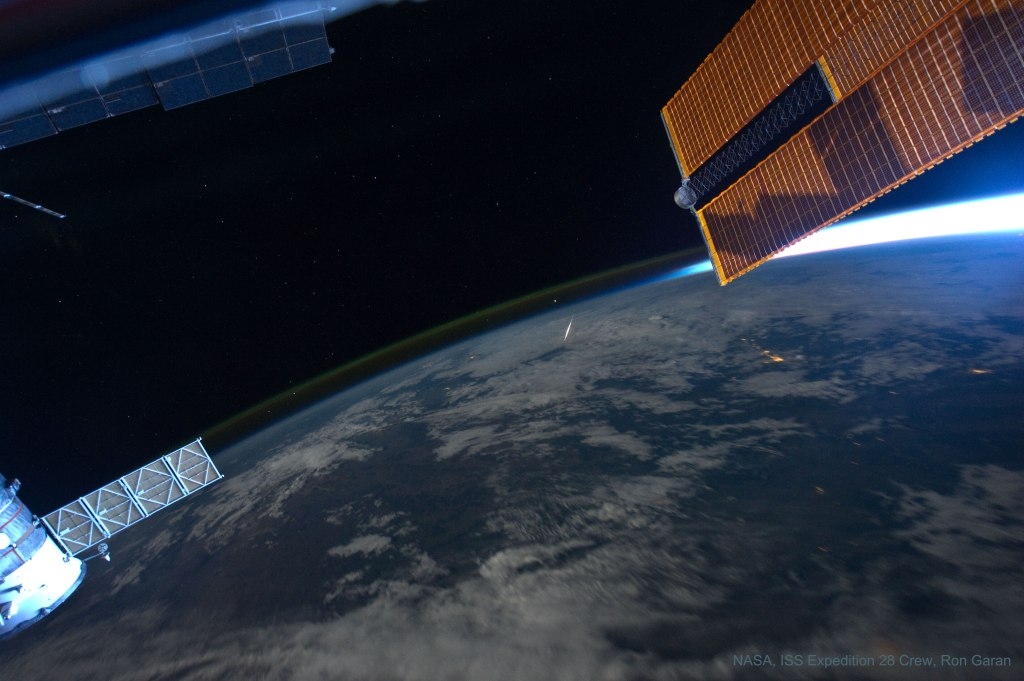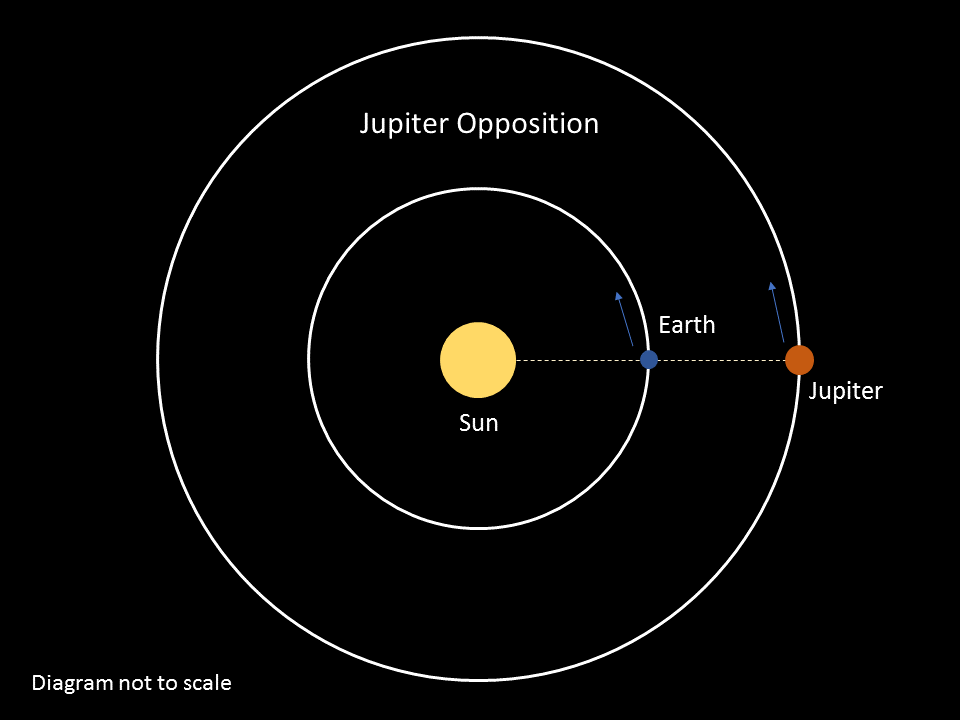Great times for naked eye observing: Jupiter at opposition and more

Watch out for the Solar System’ giants this week! Jupiter reaches opposition, making it appear at its largest and brightest.

With a software like Stellarium or the in-the-sky website, you can enter your location to find the ideal observation time, as that depends on numerous factors such as your twilight time, the height of the planet above your horizon etc. You don’t have to worry about catching the precise moment at which opposition happens, as the view is really similar for more than a week before or after the actual occurrence on the night of August 19th – 20th. In fact, on the 22nd, the Full Moon will be just 5° South of Jupiter, which might sound like an annoying interference but is actually convenient – it helps reduce the glare, a common problem in photography where essentially something is too “shiny”.
When a planet is at opposition, it is at its closest to Earth; the Earth will effectively be located between Jupiter and the Sun, reaching the minimum distance of 600 million kilometres (373 million miles). Conjunction is the contrary, it occurs when two bodies tend to the same coordinates in the sky. Speaking of the planets and the Sun, we have to consider the difference between the inferior planets (between Sun and Earth) and the superior planets (Mars and the gas giants), since inferior planets can display an inferior conjunction where they are aligned between the Sun and Earth rather than behind the Sun. While these terms may sound like they came out of an astrology handbook, they are useful notions to predict the best time to capture a snapshot of a planet for astrophotographers.
One thing you might notice during such observations (and that could also help you locate Jupiter) is that planets don’t “twinkle” as stars do. “Twinkling”, or scintillation, is due to the fact that a star appears as a point source in the sky, which because of atmospheric turbulences implies that the image of the point actually appears at multiple points in space. Light rays are indeed diffracted, i.e., “bounced around”, when they pass from one medium to another or when the medium is dynamic like the atmosphere with its currents, eddies and “bubbles” of warmer air. As an aside, this has nothing to do with the variability of the star itself – stars that do display changes in brightness are a special category (variable stars) and are monitored by astronomers. Now, why do planets, the Moon or even the Sun not twinkle like that? Because of their proximity with Earth, they don’t appear as points, hence they are much less susceptible to these interferences.

Other exciting observations for your late summer nights include the Perseid meteor shower, which although it peaked last week still runs until this Sunday the 22nd. According to NASA, up to 40 meteors will still be visible per hour to people in the Northern Hemisphere, while below a latitude of 30 degrees South only a couple per hours can be expected. Back to planets, it’s all the superior planets that will be observable: with a telescope you can spot Uranus and Neptune at the same time as you look at Jupiter, and Saturn will be visible with the naked eye.
Happy observing!
Cover Image: 2019 opposition in Peru’s Sacred Valley of the Incas, S. Moore
Image Credits:
1 - Jupiter features, NASA/JPL/Space Science Institute
2 - Jupiter at opposition, T. Maciel
3 - Positional Astronomy, E. WMH for Wikimedia Commons
4 - Jupiter sizes, D. Ford for in-the-sky.org
5 - Perseids from the ISS,NASA/ISS/Expedition 28 Crew/R. Garan
6 - Superior Planets, Stellarium/M. Gisiger

